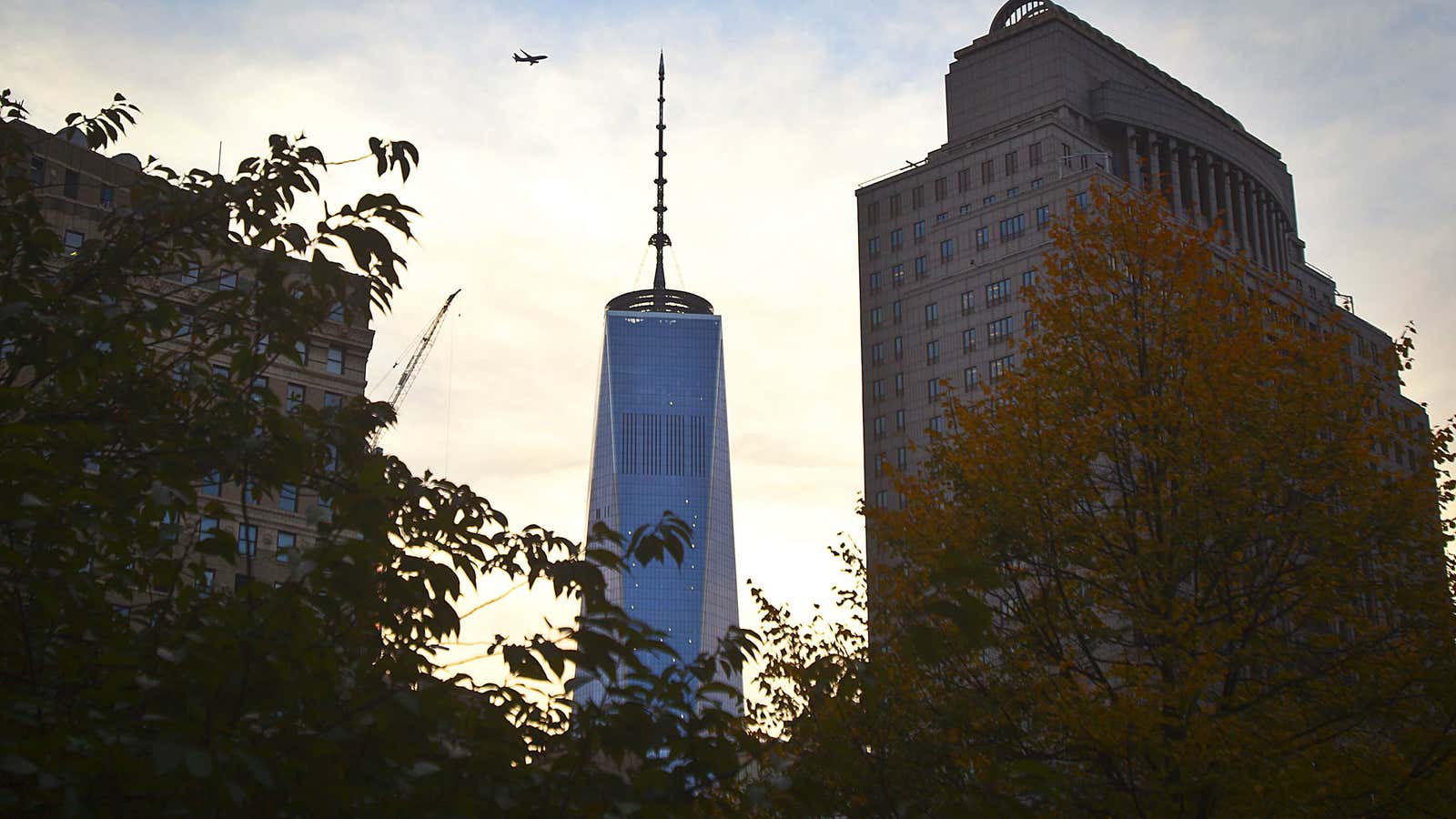The “opaque, shellacked, monomaniacal” skyscraper that now towers over lower Manhattan has ”no mystery, no unraveling of light, no metamorphosis over time, nothing to hold your gaze” and “implies (wrongly) a metropolis bereft of fresh ideas.” These were the words of the New York Times’ architecture critic (paywall), Michael Kimmelman, in his gutting recent review of One World Trade Center, which stands close to where the original Twin Towers used to be and is their symbolic replacement.
The tower, previously called the Freedom Tower, which opened last month, is now the tallest building in the Western Hemisphere, standing at 1,776 feet, and at $3.9 billion, the most expensive in the world. The lead architect, David Childs, delivered a 140-story structure with a 20-story, bomb-resistant base. Suggesting the form of a classical obelisk, the aim was to establish ”a new civic icon for the country,” according to Skidmore, Ownings & Merrill LLP, Childs’ firm.
Kimmelman is not the only critic to view it as a failure on that count. But many iconic skyscrapers around the world—even the original Twin Towers—were initially criticized, only to later be widely admired, or at least accepted, as part of their cities’ skylines.
China Central Television Headquarters, Beijing: “genital worship”
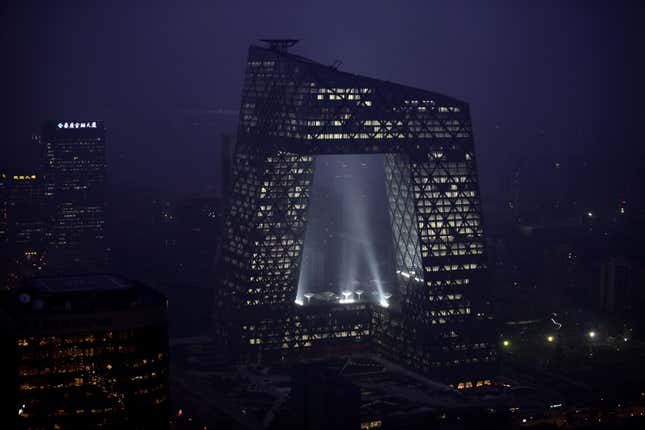
China Central Television Headquarters is now a signature building in China’s capital, but in 2007, when it was almost complete, Yu Kongjian, professor of urban planning and landscape architecture at Peking University called it “a bad example of wasteful construction in a resource-poor developing nation.”
Others said the building, designed by Rem Koolhaas, was simply unsettling. “[It] makes people uncomfortable because it is not straight,” Xiao Mo, a Chinese architectural historian, said in USA Today in 2008, the year the building’s facade was completed.
Xiao went so far as to agree with online wags’ contention that the design was “genital worship,” and wrote in a 2009 essay that he thought the building implied “a naked woman kneeling with her rear end facing the audience, and the annex is the form of a phallus.”
The Shard, London: “worse than the Taliban”
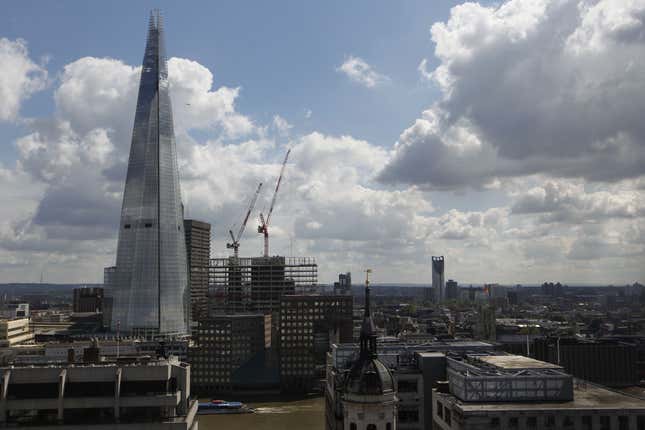
Previously named the London Bridge Tower, the 87-story Shard houses offices as well as residential and retail spaces and was created to stimulate the development of the area known as the London Bridge Quarter.
Criticism, the Telegraph reported when the building opened in 2013, rained down on the Shard’s architect, Renzo Piano, ”like ordnance from a wing of nuclear bombers.” Piano himself mocked the barrage of ill-feeling toward his creation, telling the British newspaper with a sigh that it was “worse than the Taliban, the end of the world.”
Bank of China, Hong Kong: bad feng shui
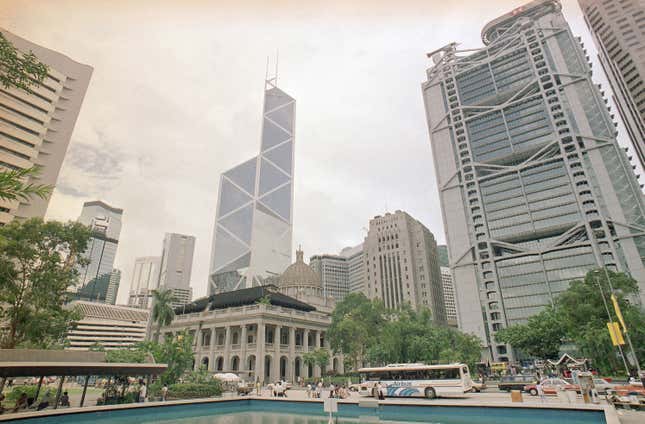
The Chinese-American architect I.M. Pei, Hong Kong’s Bank of China designer, came under fire by locals who said the skyscraper wasn’t in tune with the laws of feng shui, a Chinese philosophy about the flow of energy that often guides the orientation and design of buildings in Hong Kong. Pei responded that he wasn’t aware of such traditions, which many take as superstition.
The triangles in the design were criticized for having too many sharp corners, which is thought to bring bad luck to neighbors, and its angular pathways were believed to allow waterborne spirits to flow in from the nearby Victoria Harbor. Pei eventually made a few changes to the original design.
Because of the Bank of China’s bad feng shui, the neighboring Hong Kong and Shanghai Banking Corporation (HSBC) building even put up two metal rods on top of its own building pointed at the Bank of China, according to the New York Times (paywall). It’s ”a classic feng shui technique to protect the building from the negative energy of the dreaded triangles by deflecting the energy back to its source.”
Eiffel Tower, Paris: “useless and monstrous”
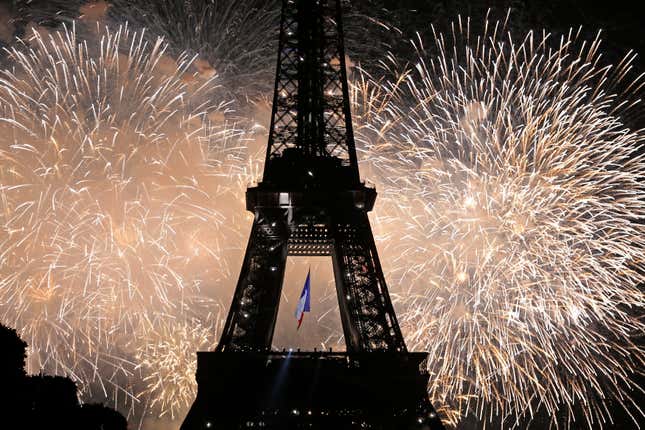
When the French government planned to build what is today Paris’s signature building, the public and artists alike protested: “We writers, painters, sculptors, architects, passionate fans of the beauty, until now intact, of Paris, hereby protest with all our force and our indignation, in the name of French taste … against the construction in the very heart of our capital of the useless and monstrous Eiffel Tower,” a group including Guy de Maupassant and Alexandre Dumas the younger wrote in a protest letter in 1887 as excavations began.
Parisians were also worried that the tower, completed in 1889, would attract lightning or fall onto their houses and they derided it as an elephant, a giraffe, and a “hulking metal beast crouched on all fours” as it was being constructed, according to Eiffel’s Tower: The Thrilling Story Behind Paris’s Beloved Monument and the Extraordinary World’s Fair That Introduced It, a book by historian Jill Jonnes.
Shanghai World Financial Center, Shanghai: a “bottle opener”
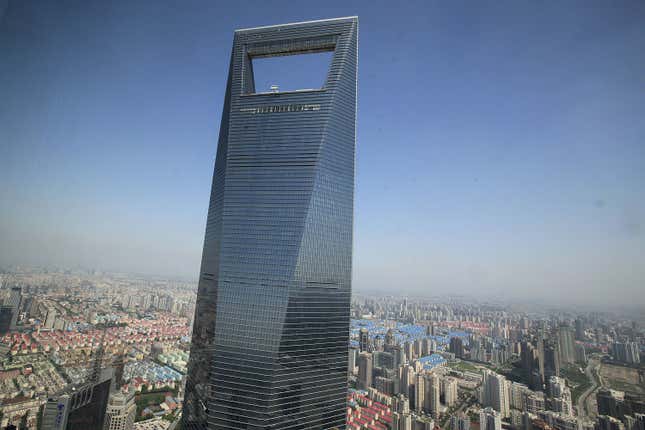
The Shanghai World Financial Center’s original design got a lot of criticism from the Chinese people and even the city’s own mayor, Chen Liangyu, in the early 2000s for its resemblance to the Japanese rising sun flag, an image associated with brutal conquest by the Japanese during the 1930s and 40s.
The head architects, who were from Japan, changed the circular void to a rectangular one to appease critics, a feature that has earned the building, opened in 2008, the nickname “bottle opener.”
Burj Khalifa, Dubai: ”a subprime Great Pyramid”
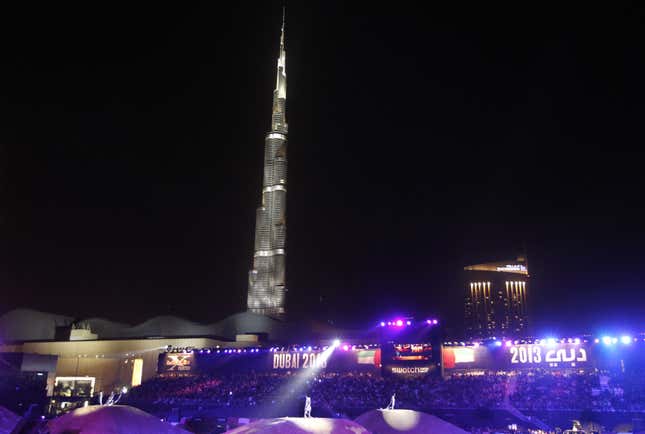
Originally to be called the Burj Dubai, the city had to rename the tower after Abu Dhabi’s sheikh—Sheikh Khalifa—when Dubai couldn’t afford it and Abu Dhabi had to step in and pay for the tower in December 2009.
But building an excessive structure it wasn’t prepared to finance was not the only reason the Burj Khalifa received a lot of criticism. Human rights and labor groups pointed out the deplorable conditions for the mostly South Asian workers who built the building: Workers protested about long days, low wages, and filthy labor camps.
After the building opened in 2010 as the tallest building in the world, the design critic Stephen Bayley of the Telegraph called it a “hangover of a demented spending binge,” “a subprime Great Pyramid,” and “a queasy nostalgia for a version of the future that looked old-fashioned a generation ago.” “It is kitsch retro fantasia,” he wrote, “a glassy memorial to something not so much forgotten as never known.”
The Twin Towers, New York City: “most disliked building”
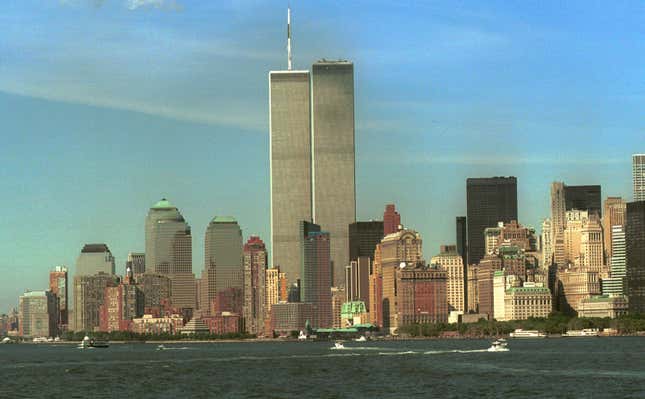
While the memory of 9/11 casts a sacred glow over the Twin Towers now, the buildings themselves weren’t loved by New Yorkers or critics when they opened in 1972. “Banal,” “arrogant,” “alienating,” and the city’s “most disliked building,” were some of the critics’ reactions, according to Salon‘s obit for the buildings after their destruction in 2001.
In 1976, the New York Times’ film critic, Vincent Canby, objected to the new King Kong movie’s decision to replace the Empire State Building in the climax of the monster movie with the towers: “The World Trade Center is a very boring piece of architecture,” Canby said.




